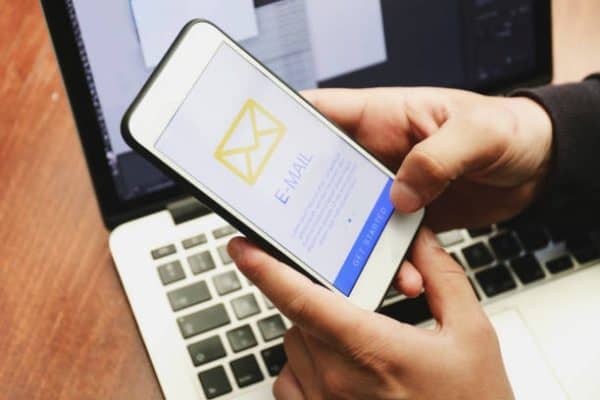In today’s marketing scenario, using emails is a fantastic way for businesses to connect with their audience and customers. But let’s face it, if your email list is full of outdated or incorrect addresses, your marketing efforts can fall flat. That’s where email validation software comes in handy. This software helps you tidy up your email list by spotting and removing invalid or risky email addresses.
In this guide, we’ll explore how to clean your email list using email validation software, and why it’s so important for your business. However, if you’re in need of such a tool rather quickly, check out this email validity checker.

Why clean your email list?
Before we move on to the ‘HOW’ let’s talk about the ‘WHY’. Here are some solid reasons:
Improved deliverability: Getting rid of invalid addresses means fewer bounces and more of your emails landing in inboxes.
Higher engagement: When you send emails to valid addresses, there’s a better chance people will open and engage with them.
Cost efficiency: Many email marketing platforms charge based on your subscriber count. Keeping your list clean means you’re not paying for dead weight.
Better analytics: Clean data gives you more accurate insights into how your campaigns are performing.
Protect your sender reputation: High bounce rates and spam complaints can hurt your standing with email service providers, making it tougher to reach your audience. To know how to reduce spam, check out this guide.
Steps to clean your email list using email validation software
1. Choose the right email validation software
First up, you need to pick the right tool for the job. There are plenty of email validation tools out there like ZeroBounce, NeverBounce, and Hunter. When choosing, think about what’s most important for you—accuracy, speed, ease of use, and of course, cost.
2. Upload your email list
After picking your software, the next step is uploading your email list. Most tools make this easy, allowing you to upload your list as a CSV or Excel file. Just make sure your file is neatly formatted, with email addresses in a single column.
3. Run the validation process
Now, let the software do its magic. Here’s what it usually checks for:
- Syntax Check: Ensures email addresses are correctly formatted.
- Domain Check: Makes sure the domains are valid and not blacklisted.
- MX Record Check: Confirms the email domain can receive emails.
- Disposable Email Address Detection: Flags temporary email addresses often used for spam.
- Role-Based Email Address Detection: Identifies generic emails like [email protected] or [email protected], which might not be as engaged.
4. Review the results
Once the validation is complete, you’ll get a report with categorized results: valid, invalid, and risky emails. Here’s how to handle them: Valid emails: Keep these—they’re good to go. Invalid emails–These need to be removed from your list to avoid bounces. Risky emails–These might need a closer look. They could be role-based addresses or potential spam traps.
5. Update your email list
With the results in hand, it’s time to clean up your list. Remove the invalid addresses and decide what to do with the risky ones. It’s also a good idea to segment your list, keeping high-quality addresses separate from the rest.
Final words
Now that you know how to clean your email list for better results, go ahead and implement the techniques right now!
 Gearfuse Technology, Science, Culture & More
Gearfuse Technology, Science, Culture & More


